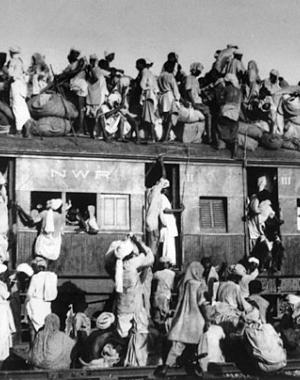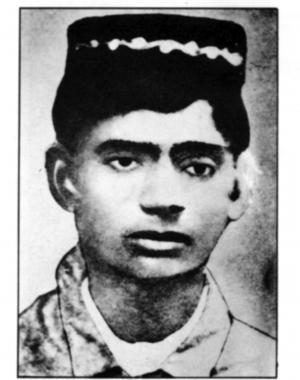At the time of Independence, India comprised British India and the Princely States. The Princely States covered about two fifths of the geographic territory. While the Indian Independence Act ceded control of British India to the Indian Government, rulers of the Princely States were given the option to decide whether they wanted to accede to India or Pakistan or neither. In these circumstances, Sardar Patel took up the monumental challenge of accession of the princely states and integrating them into the Union of India.
The goal Patel envisioned was that of a strong and United India.
The path was characterised by steep challenges. The process encumbered by the onerous expectations of the princely states. There were several difficulties. Plenty of surprises. And many twists and turns as the process of accession unfolded.
These hurdles were overcome one by one as Sardar Patel and V.P. Menon began the enormous task of integration. Together, they brought about the unification of these princely states with the Dominion of India in record time. In no other nation or era has integration of such a vast population comprising such diverse people taken place within such a short span of time.
The peaceful accession of over 560 Princely States into the Union of India is one of Sardar Patel's most lasting legacies.
This timeline identifies major landmarks in this saga of Accession that gave shape to modern India.
The Saga of Accession Unfolds
States Department formed under Sardar Patel
Menon appointed Secretary of States Department
Nizam of Hyderabad seeks sovereignty for state
Jodhpur accedes to India after much drama
After nursing dreams of independence, Bhopal finally accedes to India
Travancore announces Independence, eventually joins India
Twist in the Tale : Junagadh accedes to Pakistan
Baroda accedes to India, then bargains for more
Under attack from Pakistan, Kashmir declares Accession to India.
Landmark Referendum at Junagadh
Fearing Burma, Manipur finally comes on board

